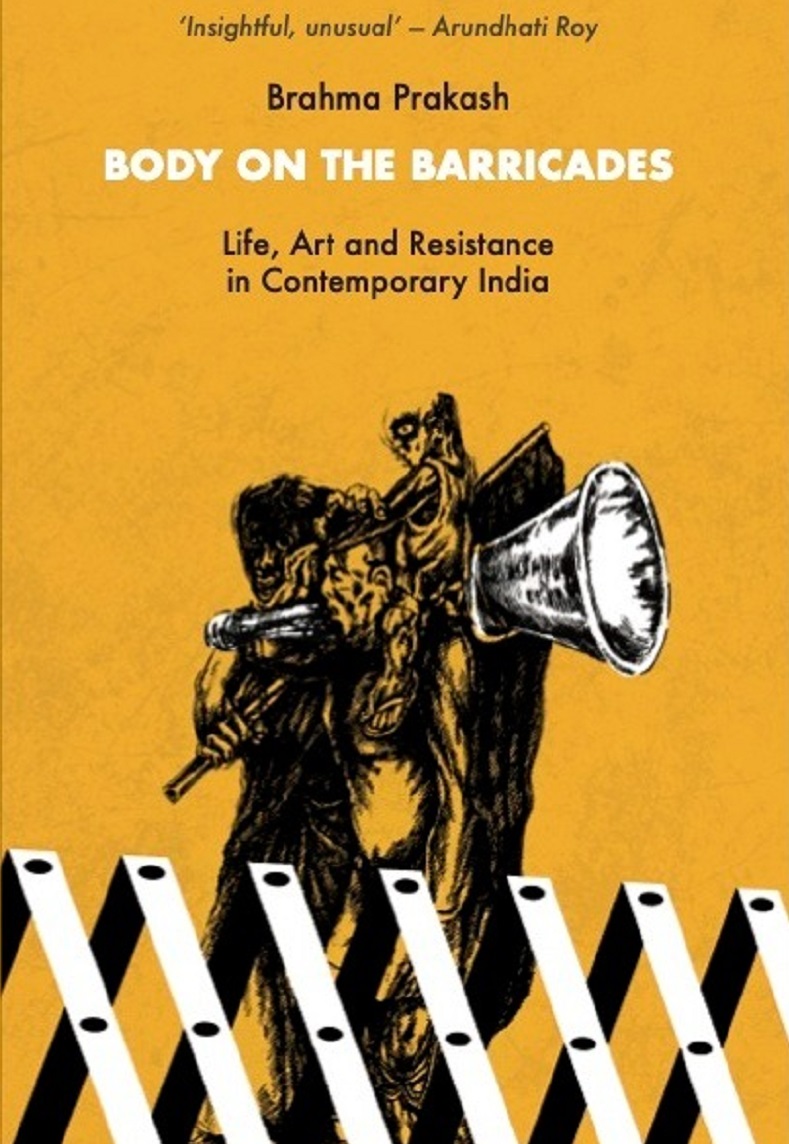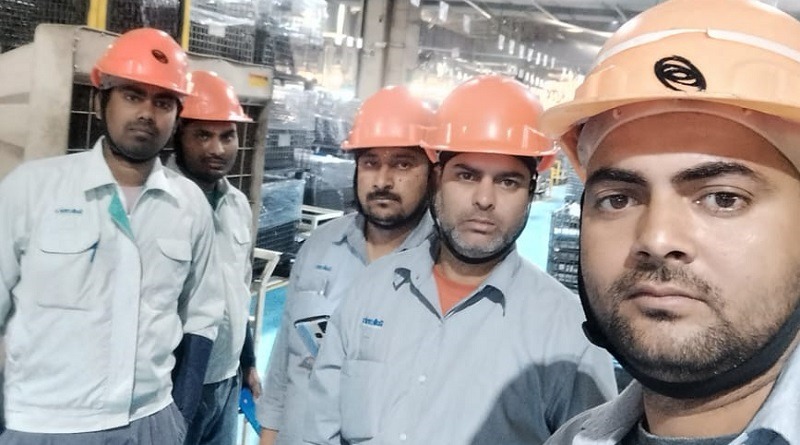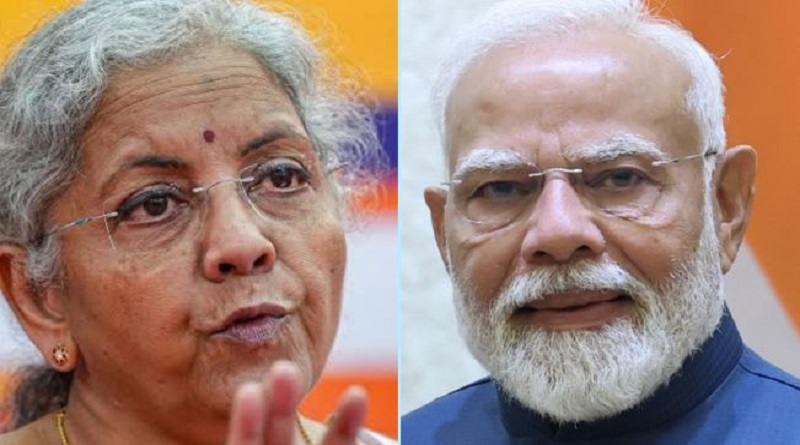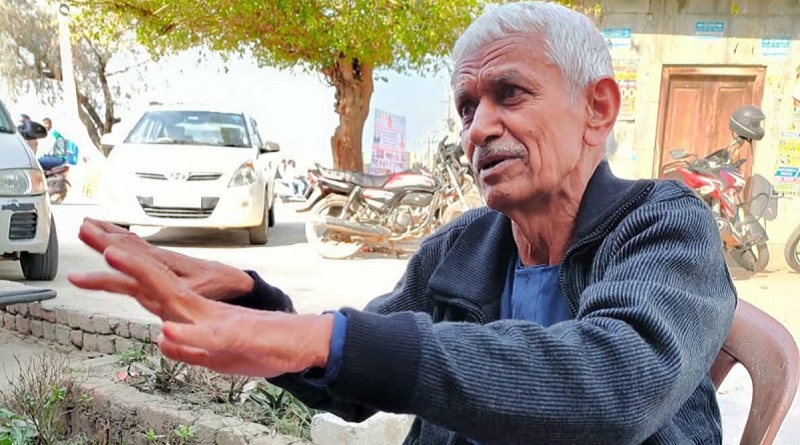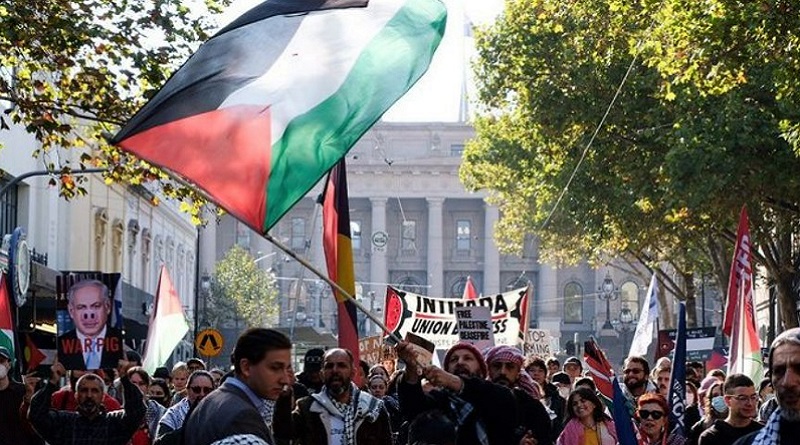Body on the barricades: Life, Art and resistance in contemporary India- Excerpt from forthcoming book
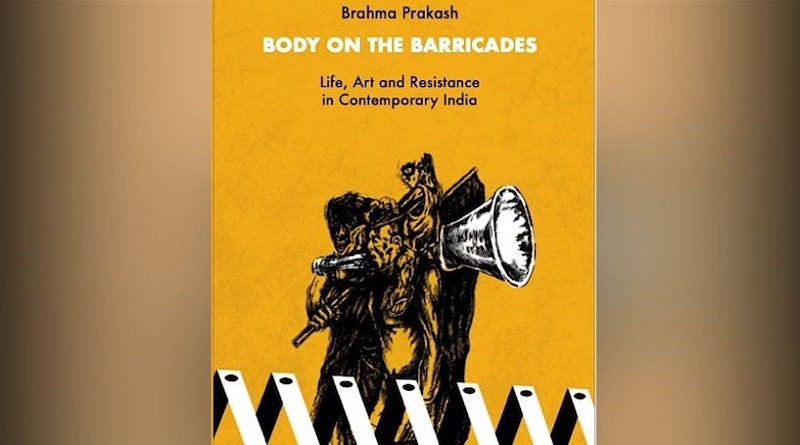
By Bramh Prakash
While the world feared the pandemic, labourers feared hunger and starvation. Uncertain, thirsty, and tired, they had no option but to walk. They knew the city and its civility. Its casteist and racist civic sense that saw them as dirt. They remain suspicious in the city, and in a moment, they become miscreants. They work in the kitchens, they clean bathrooms, they decorate bedrooms. They babysit, but when it comes to the real test, they become suspects. They are seen as criminals after every crime and thieves after every theft. Facing indignity and allegations, they were walking.
Crawling, crying, hiding, they were walking. The ill and the elderly were limping and walking. Small kids were crying and walking. Blistering their feet in the sun’s heat, it appeared as if the workers of the world were walking. Warning: Nothing is exaggerated here. It was a mass exodus. Pregnant women were pulling their bodies and walking, and so were the women on their periods. The young who dreamt of a new life in the city were walking while burying and hiding their dreams in their hearts. Their escape was an irony. They came to the cities to find their livelihood. They were running out of the cities to save their lives. They were walking to their homes, where hunger was awaiting them. They were walking out of the confined zones to be welcomed by the feudal caste vigilantes in their villages.
It was Mother’s Day the other day. Media was full of fond messages. Shakuntala, a real mother, delivered her baby on the roadside and walked. Her walk transposed the memory of the epic story of Abhigyan Shakuntalam. It was the same story and the same question again: how many times will Shakuntala be betrayed? How many times will she be displaced? How many times will she be thrown out of the city? This Shakuntala was lucky. She survived the walk and reached her home with the newborn baby.76 But Saroj Bai was not that blessed. She decided to walk after her son’s death when she could not get any support. Her kid died due to the lack of treatment. Pulling the little empty cart with her son, she walked as Brecht’s Mother Courage had walked. There was no Charudatt or Vasantsena from Kalidasa’s Mrichchhkatika to put gold into the cart. The stories from the Indian classics were torn apart.
Humanity was put to a halt, and civilization was put to shame. Jamlo Makdam, a 12-year-old Adivasi girl, died just a few kilometres away from her home. Death track was no longer a metaphor for music. It was the only track left for the workers to walk on. Many walked to death. Death walked into many of their lives. Was it an unfortunate accident, or was it a state-ordered crime? There is nothing to hide. Betrayal would be a mild term for this open bigotry on the part of the nation. It was fascism in its rawest form. It writes off the debts of its favourite corporates and reduces the workers to nothing short of cogs in a slave-run machine.
The pandemic has proven that patterned movements do not hold political significance. They make you less unless some interruption or a reversal occurs. The interruptions possibly change the meaning of the encounter itself, as it happened in the case of the migrant labourers who started walking back like moving pretas (spectres). They were carrying eyes on their backs and were walking towards the front. Soon, they became spectres for capital as they danced to an off-the-cuff rhythm. The obliged workers became suspects in the eyes of the neoliberal state, and their much-appreciated movement soon became a threat.
The Indian authorities were not concerned about the migrants getting infected. They were not troubled about them returning to their homes. What literally worried the state was the reversal that could emerge as a new potential for politics. A march that could turn into a people’s march. They were afraid that they might appear in the spaces of appearance — another name of politics. The fear was that they would gather anytime on the roads and in public places the next time. The situation was alarming because the fear was that they might not follow the warnings. It was a serious case of disobedience. Nothing can be more threatening for the neoliberal orders than the defiance of these surplus armies of labourers.
Workers are supposed to walk in a set pattern, in order. They have to be in an assembly line without the potential of being part of the assembly, which can turn political. Migrant workers walking to their homes were out of that pattern. This is what worried the Indian elites. This is what disturbed the former BJP Member of Parliament, Balwir Punj. He said, shamelessly:
Fact is migrant labourers behave irresponsibly…. Why migrants leaving Delhi? For want of money or food? NO. Just irresponsible. There is no money/jobs waiting for them back home. It’s to utilise their forced ‘chutti’ to catch up with their families or errands back home.
The workers are not supposed to go on ‘chhuti’ (holidays and vacations). These informal workers are not supposed to be ‘irresponsible’. They are not supposed to disobey orders. They are not supposed to force their decisions on the authorities. While the authorities largely saw this crisis in economic terms, for the labourers, the crisis was an existential one (besides economic). They were ready to take any risks to go home. They were ready to risk their lives. We can say that in their extreme vulnerability, they produced a ‘dangerous’ potential. The decision to gather and go home, come what may, was so extraordinary. It was the birth of a new possibility.
They crossed the line. They walked the miles from Delhi to Siwan in Bihar and from Mumbai to Barmer in Rajasthan. When tracked on the roads, they walked on the (railway) tracks. When they realized that all possible borders were barricaded, they decided to swim across the rivers.78 In the dead of night, a migrant worker was heard asking what the depth of the river was. At the end of the hope, this is the potential we can talk about. Their utterance brings together a sense of extreme vulnerability but extreme potentialities too. It is both the sense of dejection and daring acts that create this possibility. Of course, many died, many could have died, and many returned wounded. This was a form of urgency from which we can see new politics emerging. Gulzar’s poem captures that emergent life:
Come, let’s go home — and they set off
they will go to die there — where there is life.
Critics said that this was a man-made disaster with misplaced priorities.80 Some also said that migrant labourers were never on the list of priorities. Ranabir Samaddar, in his important study, highlights this connection by saying that the state has over-emphasis on lockdown and under-emphasis on care.81 But capitalism too cares. Capitalism has acquired emotional intelligence too. It means it can love, it can cry, it can invest in loving, caring, and crying. It can give you more hugs than your mother. It can give you more touch then your lovers. When profit is the aim, care will also sell. The problem is not the care but capitalism. Capitalism is so careful in caring that it will not be interested in even killing the children of beggars. It would rather have them crippled than be invested in sentimental capitalism. For capitalists, workers are more profitable living than dead. Even if their bodies break, the liver should grow.
A worker cannot be more modest than the figure of Prometheus. The Greek myths credit Prometheus for the creation of humanity from clay. He is the one who stole fire and defied the authorities. He is the one who remains chained to the rock and is punished for his actions. Every day a giant eagle sent by Zeus feeds on his liver. Every day the liver grows back at night. It is this repetition through which capitalism survives. That is: keep ripping apart the liver of the workers. Pause … gauge … plunge … grate … move. Let it grow. Keep repeating it like the dance of death.
This is excerpt “Dance of the Migrant Labourers: When Migrants Deviate from their Routes,” from BODY ON THE BARRICADES: LIFE, ART, AND RESISTANCE IN CONTEMPORARY INDIA (Forthcoming, 2023, LeftWord, Delhi)
About Writer : Dr. Brahma Prakash is a leading cultural theorist and teaches at the School of Arts & Aesthetics at Jawaharlal Nehru University, New Delhi. He is the author of critically acclaimed work, Cultural Labour (Oxford University Press, 2019). His writings and interviews have appeared in various books, journals and media platforms including the Aljazeera, the BBC, the EPW, the Scroll, the Wire, the Indian Cultural Forum.
Do read also:-
- Labour in ‘Amrit Kaal’ : A reality check
- Discovering the truth about Demonetisation, edited and censored, or buried deep?
- Class Character of a Hindu Rashtra- An analysis
- Gig Workers – Everywhere, from India to America, from delivery boys to University teachers
- May Day Special: Working masses of England continue to carry the spirit of May Day through the Year
- New India as ‘Employer Dreamland’
- Urgent need for reinventing Public Sector Undertakings
Subscribe to support Workers Unity – Click Here
(Workers can follow Unity’s Facebook, Twitter and YouTube. Click here to subscribe to the Telegram channel. Download the app for easy and direct reading on mobile.)
